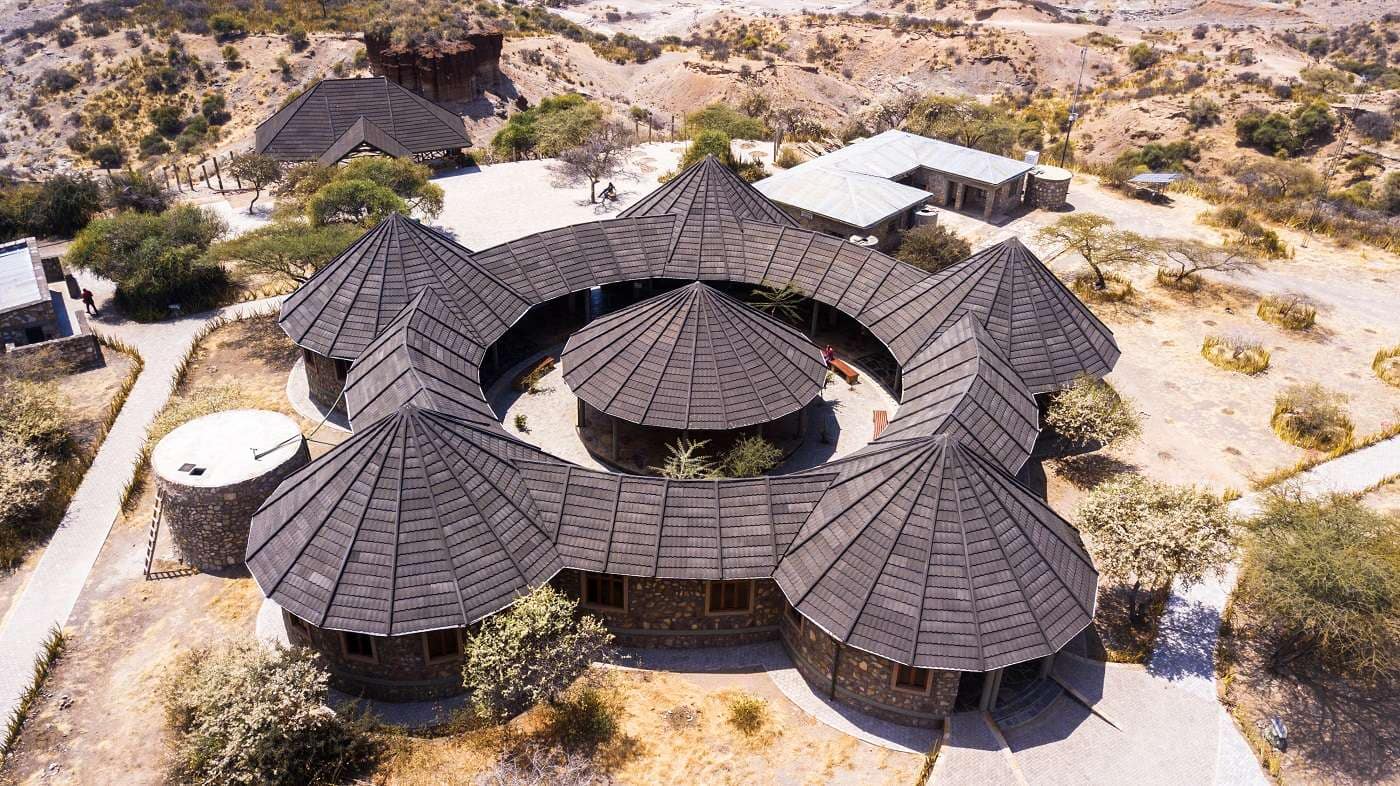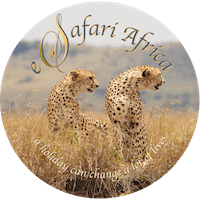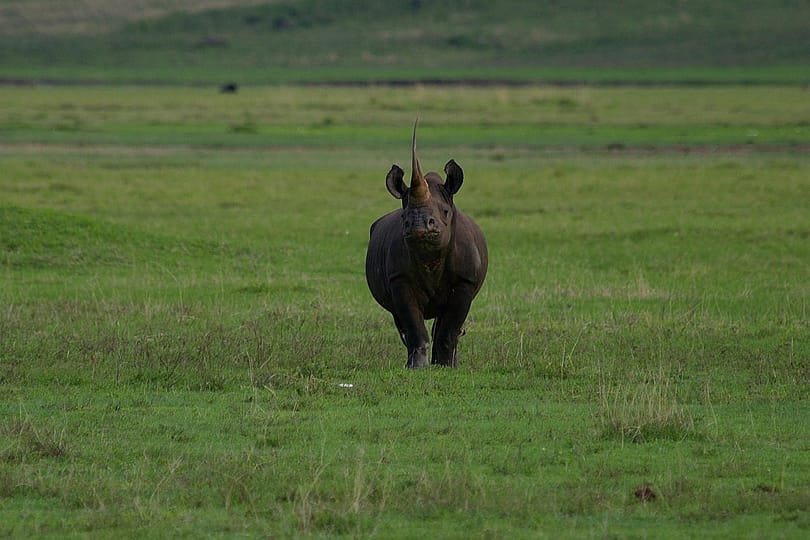Ngorongoro Crater, a natural wonder found within Tanzania’s northern circuit, is a geological marvel and a UNESCO World Heritage Site. Certainly, this ancient volcanic caldera, formed millions of years ago, now shelters a diverse ecosystem within its towering walls.
The crater measures approximately 260 square kilometers (100 square miles). The crater floor is a haven for wildlife, given it the nickname “Africa’s Garden of Eden.” Furthermore, lush grasslands, acacia forests, and seasonal swamps provide sustenance for an astonishing array of species.
The Ngorongoro Crater is known for its high concentration of wildlife. Here you can find the iconic Big Five: lion, elephant, buffalo, leopard, and rhinoceros. Visitors to the crater can also witness cheetahs, hyenas, wildebeests, zebras, and an huge variety of birdlife.
Additionally, the crater boasts spectacular scenery. Panoramic views stretch across the vast expanse of the caldera floor. Visitors can enjoy game drives along well-maintained tracks, and observe the breathtaking landscapes and resident wildlife.
Maasai in Ngorongoro Crater
Furthermore cultural interactions with the Maasai people offer visitors a glimpse into traditional East African life. Amazing that their cattle is grazing along wild animals.
Ngorongoro Crater is not only a prime destination for wildlife enthusiasts but also a testament to the importance of conservation efforts in preserving Africa’s natural heritage. A visit to this awe-inspiring destination promises an unforgettable journey into the heart of Africa’s wild beauty.
More information about Ngorongoro Crater
Safaris to Ngorongoro Crater
Olduvai Gorge at Ngorongoro Conservation Area
Olduvai Gorge, a UNESCO World Heritage Site since 1979, is the crown jewel of archaeological discovery in East Africa and beyond. Formed around 30,000 years ago by tectonic shifts in the East African Rift, the gorge reveals layers of volcanic ash and pumice (volcanic rock) deposited over three million years ago by eruptions from the Ngorongoro Volcanic Highlands.
Home to early humans for thousands of years, the gorge’s depths, reaching nearly 100 meters (328 feet), expose a rich mosaic of human evolution and Serengeti ecosystem development. It was here that Mary and Louis Leakey carefully unearthed the first well-dated fossils and artefacts, including the iconic Zinjanthropus skull and remains of Homo habilis and Homo erectus, providing invaluable insights into our earliest human ancestors and tool-making capabilities.


